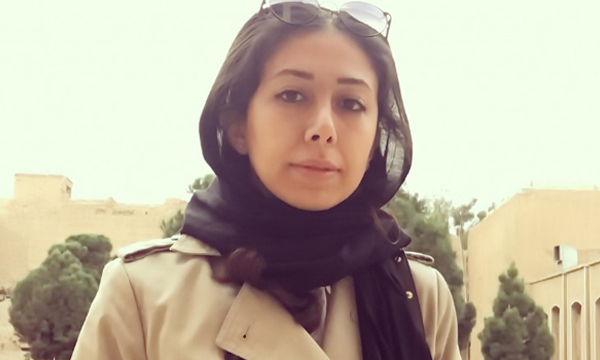
Born in 1985, Tehran, Mozhdeh Sameti holds a PhD in Comparative and Analytical History of Art from the University of Art of Tehran. A translator, researcher and university lecturer, Sameti has recently authored Diegesis and Mimesis in Iran’s Drama (2020) and translated Peter Womack’s Dialogue (Hekmat Publications, 2018) among many more articles and monographs to Persian, including Simon Goldhill’s “The End of Dialogue in Antiquity”. As a young researcher specialized in comparative studies of art, Dr Sameti was invited to contribute to Parsagon’s Top 7×7 questionnaire. We were particularly interested in finding how different artists, writers, and scholars expound the relationship between arts and pandemics:
PARSAGON: Which works of world literature/arts would you mark as the most influential on your life and career? How have they moved you?
SAMETI:
- (book) The Death of Ivan Ilyich by Leo Tolstoy
- (book) 1984 by George Orwell
- (book) The Unbearable Lightness of Being by Milan Kundera
- (book) Demian by Hermann Hesse
- (book) Dialogue by Peter Womack
- (painting) The Hunters in the Snow by Pieter Bruegel
- (movie) Never Look Away by Florian Henckel von Donnersmarck
These works have influenced my life and literary career in different ways. Usually it is not easy to talk about the reason and process of being influenced. Although these works are different in themes, styles, or even genres, there is something in common with them that can be called the feature of challenging the established ideologies, which has always been influential in my life.
PARSAGON: In your opinion, which literary/artistic texts from Iran should the world read or see? Please mention your top seven choices and why you have chosen them.
- Death of Yazdgerd [مرگ یزدگرد] by Bahram Bayzayi
- The Ghost Valley’s Treasure Mysteries [اسرار گنج دره جنی] by Ebrahim Golestan
- The Mourners of Bayal [عزاداران بیل] by Gholamhossein Sa’edi
- The Blind Owl [بوف کور] by Sadeq Hedayat
- Nocturnal Harmony [همنوایی شبانه ارکستر چوبها] by Reza Ghassemi
- The poems of Ahmad Shamlou
- Bustan & Gulistan by Sa’adi
Each of these works presents a kind of literature which has its roots in Iranian culture yet can be universal.
PARSAGON: And finally, what do you think literature can do (or should do) in times of global crises, such as the pandemics?
In times of global crises such as pandemics, when usually all the focuses are on pandemic fears, art can work as a symbol of pandemic sympathy. Whereas it seems that art is not the priority in these times, in comparison with science, artistic productions are as essential as scientific discoveries. The reason may not be obvious at the first sight but the pressure of the crises on mental health should be taken into consideration. Art, in both aspects of production and reception, is a platform where one can share his or her emotions. Pandemics cause common pains and a search for common cures. Surly these pains are not only physical, and the mental pains usually cause more and longer damage. When the damage becomes global, accessing a global way of mental treatment is necessary. Only art can be this global treatment. Presenting more art in the times of crisis, is a way of releasing more sensation, which probably surpasses one’s own capacity. Art is not only a release, it can be a way of reshaping our sensation which has been damaged during the crisis.
In addition to what art can do in the time of global crises, there are some important tasks that art should do, and that is educating people globally. In these times people need to be taught how to follow health care advice, how to behave with other people, how to manage their own thoughts, and in short, people should be taught how to survive this period. Physicians, sociologists and even psychologists can only provide their findings and present them to people. They cannot guarantee that people will learn and apply those findings. Here art should mediate as an educational element and make people internalize scientific advice. Art, and only art, can access to one’s mind so deeply that it makes the mind reshape itself. Art, in all forms, should function actively to help people survive the crises.

Leave a Reply